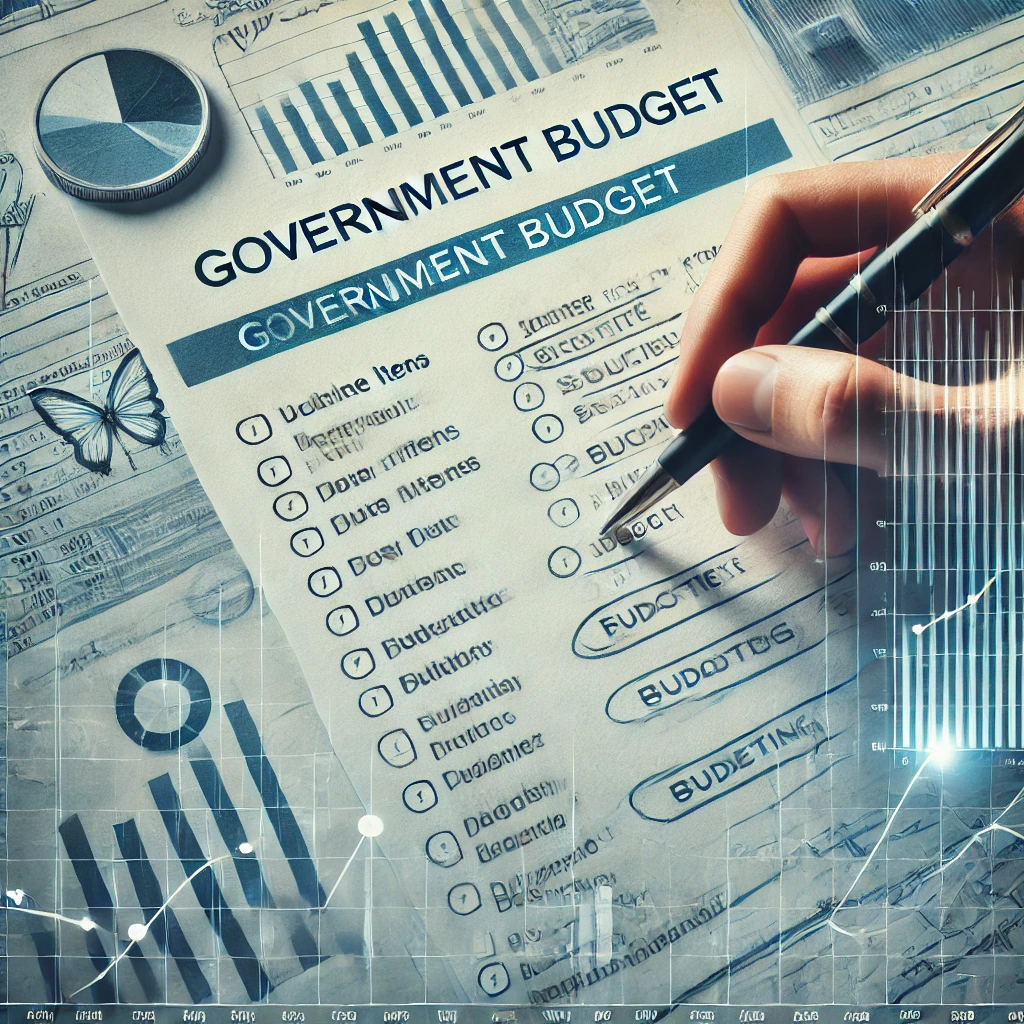Introduction
As governments prepare budgets to allocate resources and plan for economic growth, the challenges of creating error-free financial blueprints remain significant. The 2025 budget, though ambitious, has raised concerns among former government officials who argue that line-item vetoes, a popular corrective tool, fall short in addressing systemic issues. This article explores these limitations, delves into the root causes of budget errors, and examines potential implications for financial management.
The Role Of Line-Item Vetoes In Budget Management
Line-item vetoes allow executives to strike specific expenditures from a larger budget, providing a mechanism to control waste and misallocation of resources. These vetoes are seen as a tool for fiscal responsibility, enabling governments to adjust budgets without overhauling the entire framework. However, experts suggest that this approach is akin to applying a bandage to a deeper wound.
Root Causes Of 2025 Budget Errors
Budget errors often stem from systemic issues rather than isolated expenditures. Key factors contributing to the errors in the 2025 budget include:
Inaccurate Revenue Projections
Unrealistic estimates of tax revenues and other income sources often lead to funding shortfalls. The 2025 budget overestimated growth in several key sectors, creating gaps in funding for essential programs.
Inefficient Spending Allocation
Misallocation of resources to non-priority areas leaves critical sectors like healthcare and infrastructure underfunded. This inefficiency amplifies public dissatisfaction and hampers economic growth.
Limited Stakeholder Engagement
Insufficient input from experts, local governments, and citizens during budget preparation has resulted in oversights and errors in resource allocation.
Why Line-Item Vetoes Are Insufficient?
Former officials argue that while line-item vetoes can eliminate redundant spending, they do not address systemic inefficiencies in budget preparation. Key limitations include:
Inability to Address Structural Issues
A line-item veto cannot rectify flawed revenue projections or inefficient allocation of resources across departments.
Reactive, Not Proactive
This approach addresses symptoms rather than root causes, resulting in a cycle of recurring errors year after year.
Potential for Political Bias
Line-item vetoes may reflect political agendas rather than objective financial corrections, undermining their credibility and efficacy.
Implications For Financial Management
The inadequacy of line-item vetoes in resolving systemic budget errors has far-reaching implications for financial management, governance, and public trust:
Economic Growth and Stability
Persistent budget errors can derail economic growth by underfunding critical sectors and increasing public debt.
Public Perception and Trust
Failure to address budget inefficiencies erodes public confidence in government institutions and their ability to manage resources effectively.
Policy Execution Challenges
Resource constraints resulting from budget errors hinder the successful implementation of government policies and programs.
Proposed Solutions For Systemic Budget Issues
To address the root causes of budget errors and enhance financial management, experts suggest the following measures:
Enhanced Transparency and Accountability
Governments should adopt open-budgeting practices, allowing citizens and stakeholders to review and contribute to budget preparation.
Data-Driven Decision-Making
Leveraging technology and data analytics can help improve revenue forecasting and spending allocation, reducing errors.
Stakeholder Engagement
Inclusive budgeting processes that involve input from diverse stakeholders ensure that resources are aligned with public needs and priorities.
Independent Budget Audits
Periodic audits by independent bodies can identify inefficiencies and recommend corrective measures, fostering accountability.
Global Examples Of Budget Reforms
Several countries have implemented innovative budget reforms that address systemic inefficiencies:
Participatory Budgeting in Brazil
Cities like Porto Alegre have engaged citizens in budget decisions, improving allocation efficiency and public satisfaction.
Zero-Based Budgeting in India
The adoption of zero-based budgeting in certain Indian states has eliminated redundant expenditures and optimized resource allocation.
Performance-Based Budgeting in the US
Linking budgets to measurable outcomes ensures accountability and aligns expenditures with policy goals.
The Path Forward For The 2025 Budget
As governments grapple with the complexities of budget management, adopting a holistic approach is crucial. Beyond line-item vetoes, addressing systemic inefficiencies and fostering a culture of transparency and accountability can pave the way for sustainable financial management. Policymakers must prioritize reforms that not only correct past errors but also prevent future ones, ensuring that public resources are used effectively to promote economic growth and social equity.
Conclusion
The 2025 budget errors underscore the limitations of line-item vetoes in addressing complex financial challenges. While useful in eliminating redundant expenditures, these vetoes fail to tackle the systemic issues at the heart of budget inefficiencies. By embracing comprehensive reforms and leveraging innovative practices, governments can build more resilient and effective budgeting systems. This shift is essential not only for economic stability but also for restoring public trust in governance.


